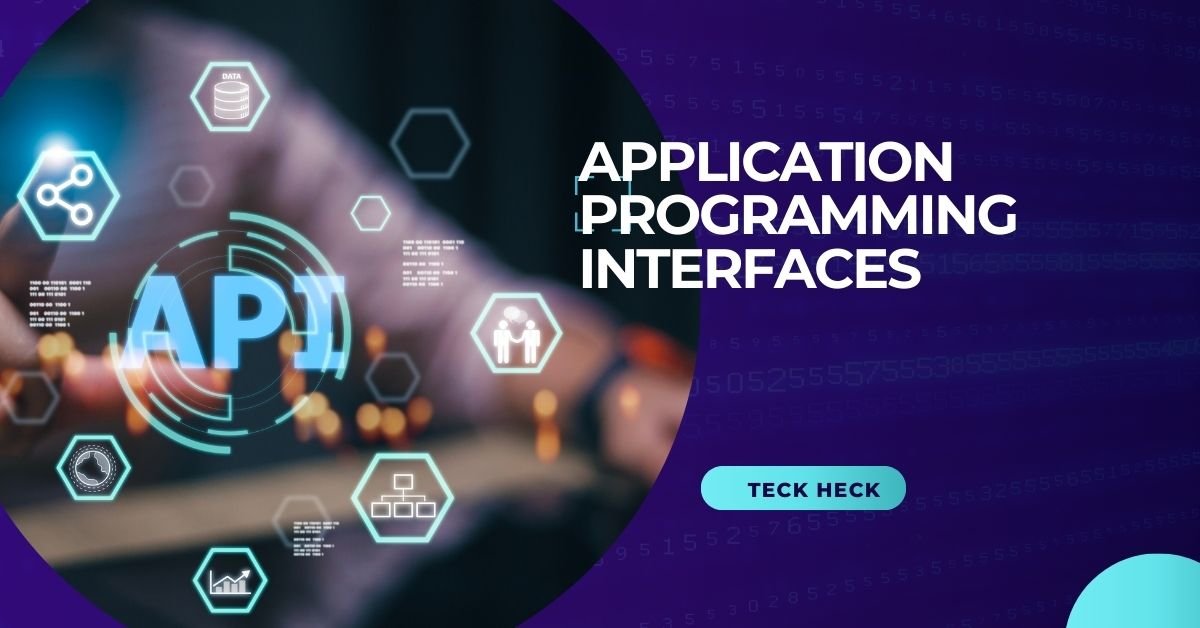
You summarize the significance of Application Programming Interfaces APIs?

What is an Application Programming Interfaces API?
An application programming interface API, is a collection of definitions, tools, and protocols that facilitate communication between software programs. Developers can more easily combine various systems, access data, or carry out particular activities without having to comprehend the underlying code thanks to Application Programming Interfaces APIs, which specify how various software components communicate. They serve as go-betweens, enabling one program to ask another program or service for information or services.
Application Programming Interfaces types:
The most prevalent kind of Application Programming Interfaces APIs nowadays are web APIs (HTTP APIs), which use protocols like HTTP to facilitate internet-based communication. GraphQL, SOAP and RESTful APIs are a few examples.
Library APIs:
These offer preset routines or functions in a particular programming language.
Operating System Application Programming Interfaces: Programs can communicate with system resources like files, memory, and hardware through APIs that are exposed by operating systems like Windows and macOS.
Database APIs:
These let programs talk to databases so they can run queries and get, add, update, or remove data.
Hardware APIs:
These are used to communicate with peripherals such as printers and scanners.
How Do APIs Operate?
Application Programming Interfaces APIs make it possible for many apps or systems to share data in a consistent manner. This is a basic explanation of how an API functions:
Request: An endpoint (URL), method (GET, POST, PUT, DELETE) and optional data (such as arguments or authentication tokens) are usually included in an API request that a client (often a web application or mobile app) delivers to a server.
Processing:
The request is handled by the server, which may involve making computations, contacting other systems, or retrieving information from a database.
Response:
The requested data or status information (such as success or error) is sent back to the client by the server, typically in the form of JSON or XML.
For instance, your app sends a request with the location to a weather API when you check the weather on your phone. The app displays the weather information that the API returns for that location.
Methods for Application Programming Interfaces APIs:
Web Application Programming Interfaces APIs frequently use a variety of HTTP request types, including:
GET: Acquire information from the server.
POST: Send information to the server; frequently used to generate new resources.
PUT: Revise a resource that already exists.
DELETE: Get rid of a server resource.
The REST (Representational State Transfer) architecture, a set of guidelines for developing APIs, includes these. Because they are straightforward, scalable, and stateless, RESTful APIs are widely used.
Formats for APIs
The most often used data format in Application Programming Interfaces APIs nowadays is JSON (JavaScript Object Notation). Both humans and machines can easily read and write it, and it is lightweight.

Extensible Markup Language, or XML, is an older format that is still utilized by some APIs, particularly those that are SOAP-based.
Instead of depending on predefined endpoints as in REST, customers can use GraphQL, a query language for APIs, to obtain precisely the data they require.
Benefits of Application Programming Interfaces API Interoperability: APIs facilitate smooth communication between systems, independent of the platforms or programming languages on which they were developed. In the diversified technological environment of today, this is essential.
Efficiency: To save time and effort, developers can utilize pre-existing APIs. For instance, you can integrate payment gateways like Stripe or PayPal into your application instead of designing your own payment system.
Modularity: Various components of a system can be changed or replaced separately with the use of APIs. This facilitates scalability and maintenance.
Integration: Without having to start from scratch, APIs let developers incorporate complex capabilities (like machine learning, maps, or weather data) by integrating external services.
Security: Application Programming Interfaces APIs frequently have built-in security features like encryption and authentication (like OAuth).
Examples of Real-World APIs
Social Media: Social media elements can be integrated into websites or apps thanks to APIs. The Facebook API, for instance, enables apps to retrieve images, post status updates, and access user data (with consent).
Payment Systems: Apps may safely and conveniently process payments with the help of APIs like PayPal or Stripe.
Google Maps: Location services, such as maps, routes, and geolocation, are accessible through the Google Maps API.
Weather Services:
Developers can retrieve weather data for various geographies using APIs such as OpenWeatherMap or WeatherStack.
Cloud Services:
APIs are widely used in cloud computing, where platforms such as Microsoft Azure and Amazon Web Services (AWS) make APIs available for managing databases, storage, infrastructure, and machine learning services.
Common Issues with Authentication and Authorization: To guarantee that only authorized users may access certain data or functionality, APIs frequently call for secure authentication, such as OAuth tokens or API keys.
Rate Limiting:
In order to guard against misuse and guarantee equitable use, many APIs set rate limitations, or the maximum number of requests that can be made in a given amount of time.
Error Handling:
When anything goes wrong, APIs return error codes or messages (e.g., 500 for server problems, 404 for not found). To ensure a positive user experience, developers must manage these with grace.
Versioning:
Older versions of APIs may become outdated as they develop. Maintaining backward compatibility requires managing many API versions.
Documentation:
For developers clear API documentation is essential. It ought to contain information on authentication.

APIs’ future
APIs’ future is anticipated to include:
API-first Development: A lot of businesses are implementing this strategy, which entails designing their APIs before creating the applications that utilize them.
Microservices:
APIs will remain essential to the microservices design, which uses lightweight APIs to facilitate communication between various system components.
AI and Automation:
Machine learning services, data analytics, and automated decision-making systems will be made possible via APIs as AI develops further.
Newer technologies like GraphQL and gRPC are becoming increasingly popular because they provide more adaptable or effective substitutes for conventional RESTful APIs.
In conclusion
The foundation of contemporary software development is APIs. They provide scalable, secure, and modular communication and functionality sharing between systems.



